"Workouts include gymnastics from 9 a.m. to 12 p.m., then cardio from 1:30 to 2 p.m., then gymnastics again from 3:30 to 6:30 p.m," Dixon says.
"Gymnastics practices begin with a general stretch/warm-up to get the blood moving. Light conditioning exercises follow to make sure that we break a sweat before getting into the heavier gymnastics portions. That could look like shoulder rehab, core conditioning on all sides, lower-body circuits, etc. The gymnastics portion of the workout is dedicated to the events, whether that is skill work, half-routine work, full routines, six-event practice meets, or routine refinement.
RELATED | Josh Dixon on Why it's Important to Be an Out Athlete
"Cardio workouts usually involve some sort of intervals, with heart-rate monitors to make sure I'm reaching appropriate output levels. The heart rate for my high threshold is about 187. Examples of differing workouts--treadmill, Airdyne bike, elliptical, Wattbike--would be:
1. 30 seconds of full output followed by 40 seconds of rest, 6 times x 3 sets
2. 90 seconds of full output followed by 60 seconds of rest, 6 times x 7 sets
3. 10 seconds of full output followed by 5 seconds of rest, 10 times x 3 sets
"Core training spans all variations of gymnastics-type movement: V-ups, arch-ups, physio-ball work, weighted vests. Eccentric movement is just as critical to contractual movement -- it's basically the 'coming down' or lengthening from movement. A lot of our sport is very dynamic movement, so the motions are usually all pretty quick, with emphasis on full range and perfect form.
"Lower-body circuits consist of a lot of 'punching' or rebounding that allows us to duplicate the movement that you would see on a floor exercise or vault. For gymnasts, the emphasis is on having a lower body that's light but powerful in full range of motion.
"Upper-body training prepares us for support events like pommel horse, parallel bars, and rings. It's a lot of pressing, handstand work, handstand push-ups, and planche/plank work with extra weight. Speaking of handstand work, handstands need to turn into rest positions, so from a young age, 5-to-10-minute handstands against the wall are a mainstay in developing endurance. Those positions are unique to rings, and that movement is so structured that it has to be either spotted by the coach, tried on our own, or done in a 'ring machine' that takes off a certain percentage of body weight.
"Equally important is flexibility across the board. A longer muscle is a swifter one, and for gymnastics, it's not only about what you do but how you do it. Creating beautiful lines from top to bottom -- shoulder flexibility, back, hip and leg, toe point, etc. -- all help create the beautiful movement of the sport. Having the skills and strength is great, but it's nothing without the aesthetic of making it look easy."
RELATED | Training Day with Josh Dixon (Slideshow)
Like what you see here? Subscribe and be the first to receive the latest issue of OUT. Subscribe to print here and receive a complimentary digital subscription.


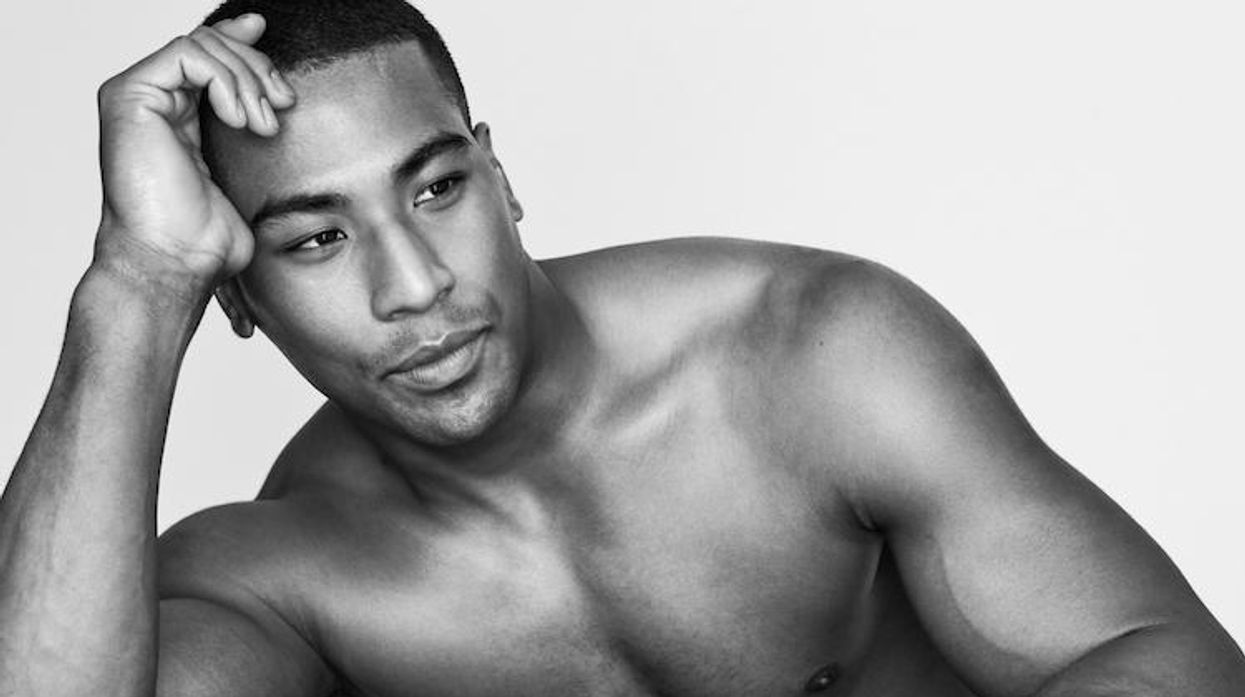
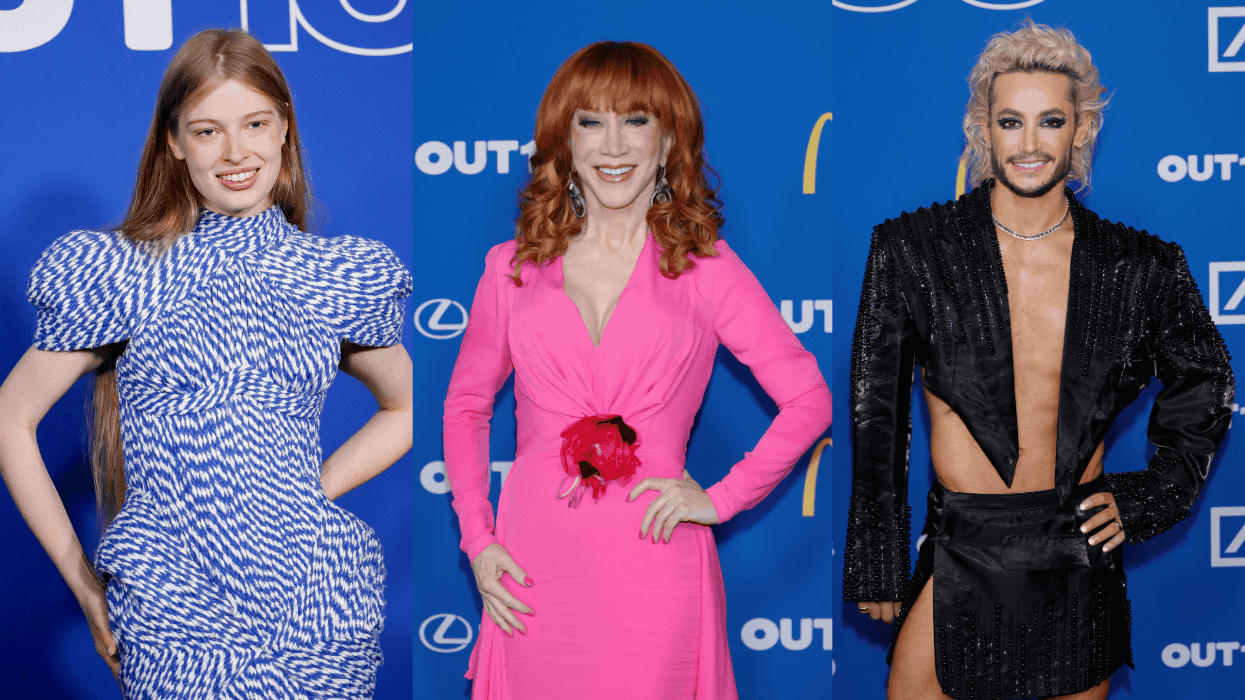



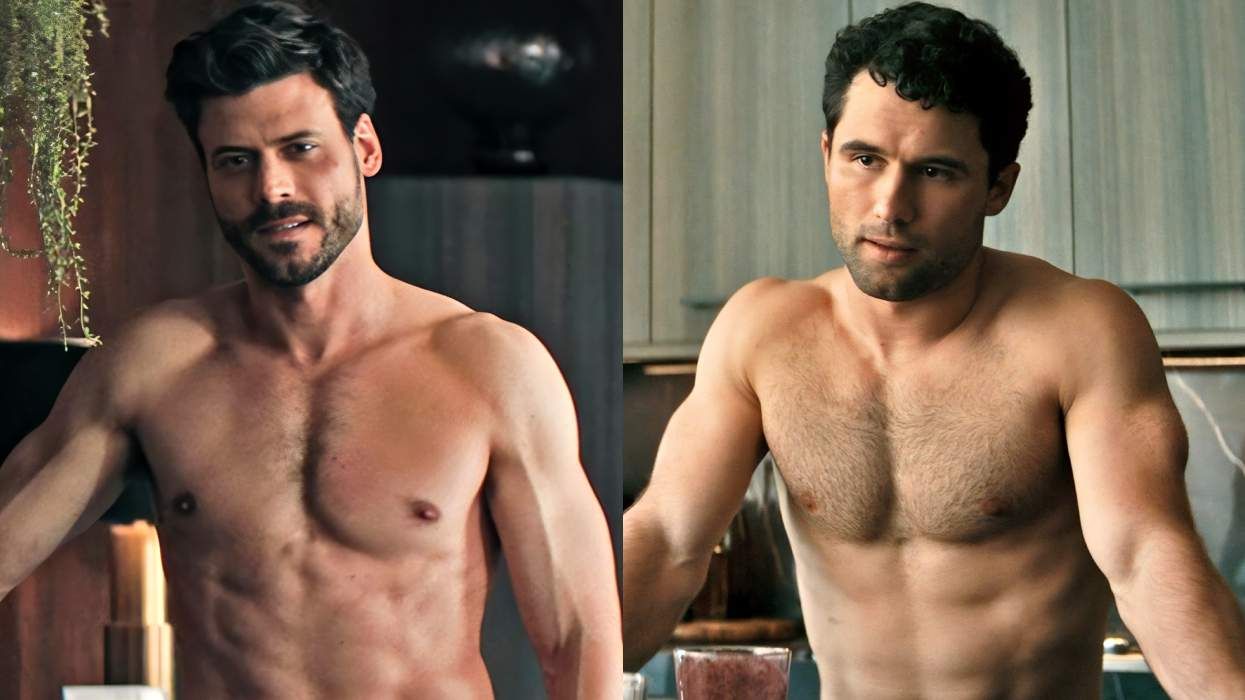
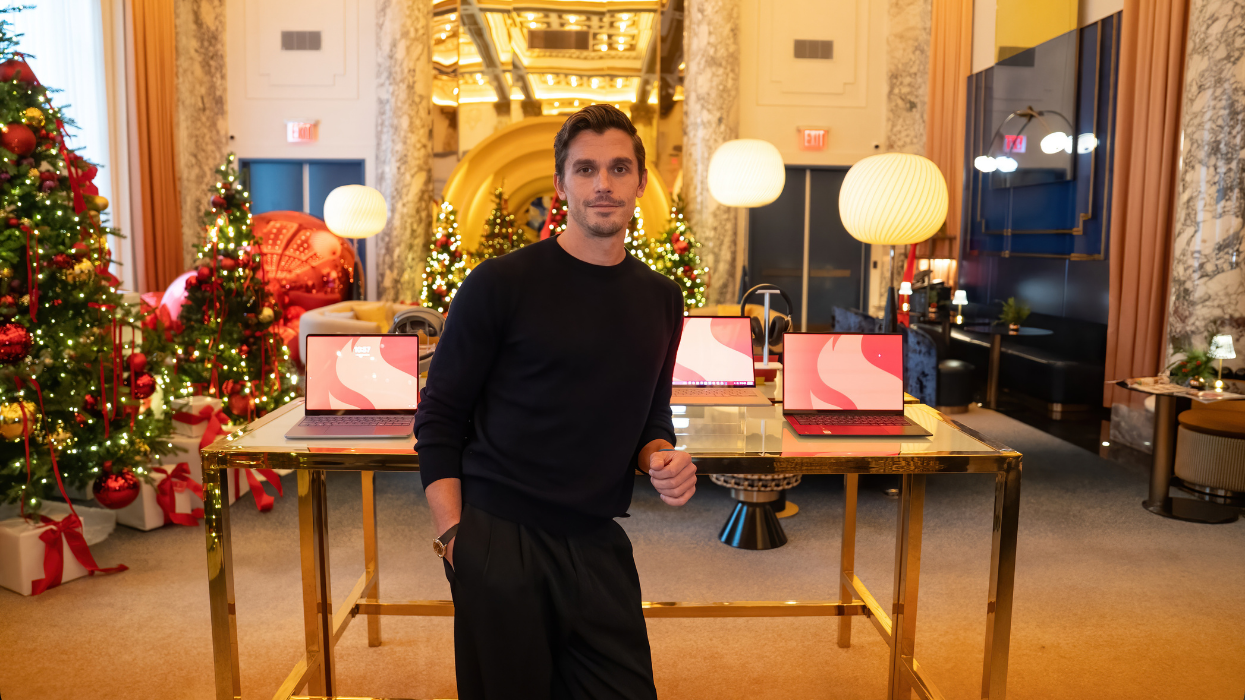


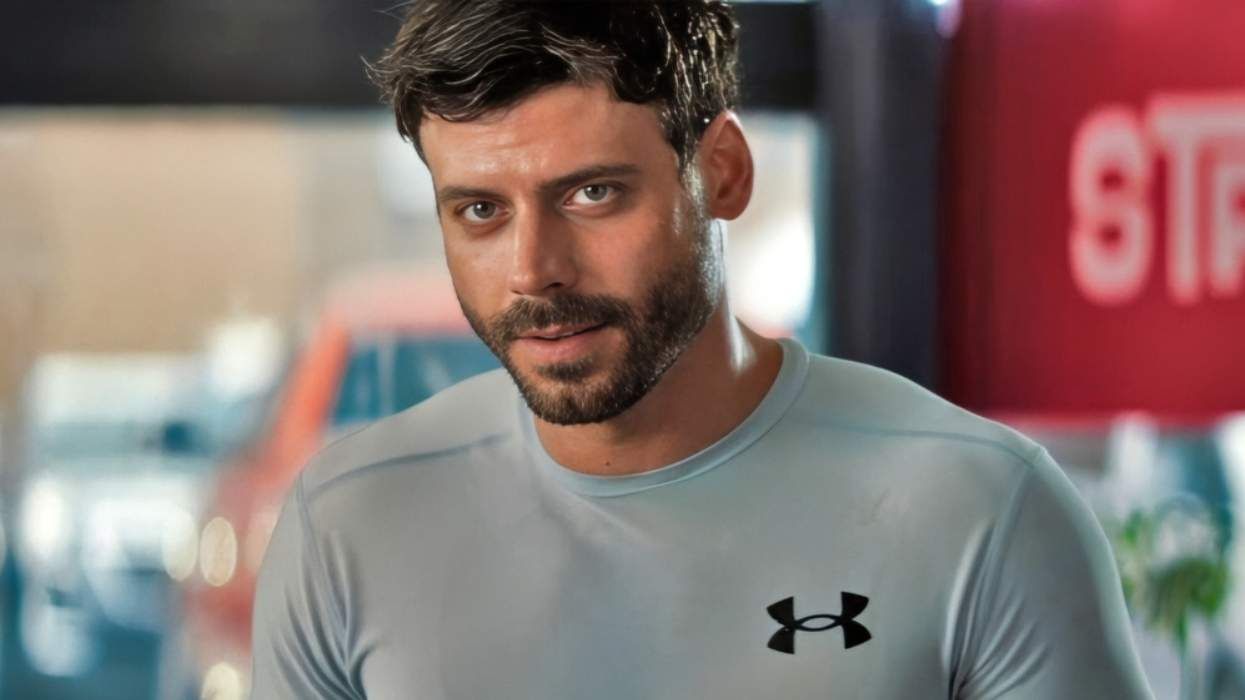






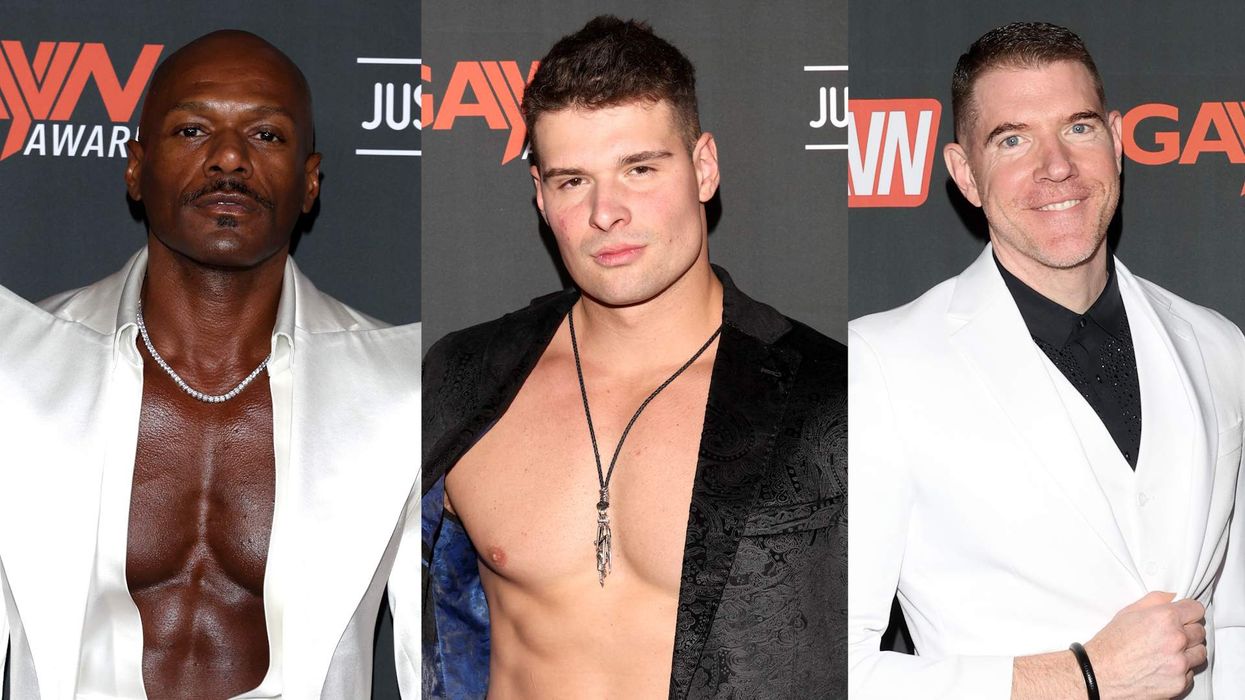





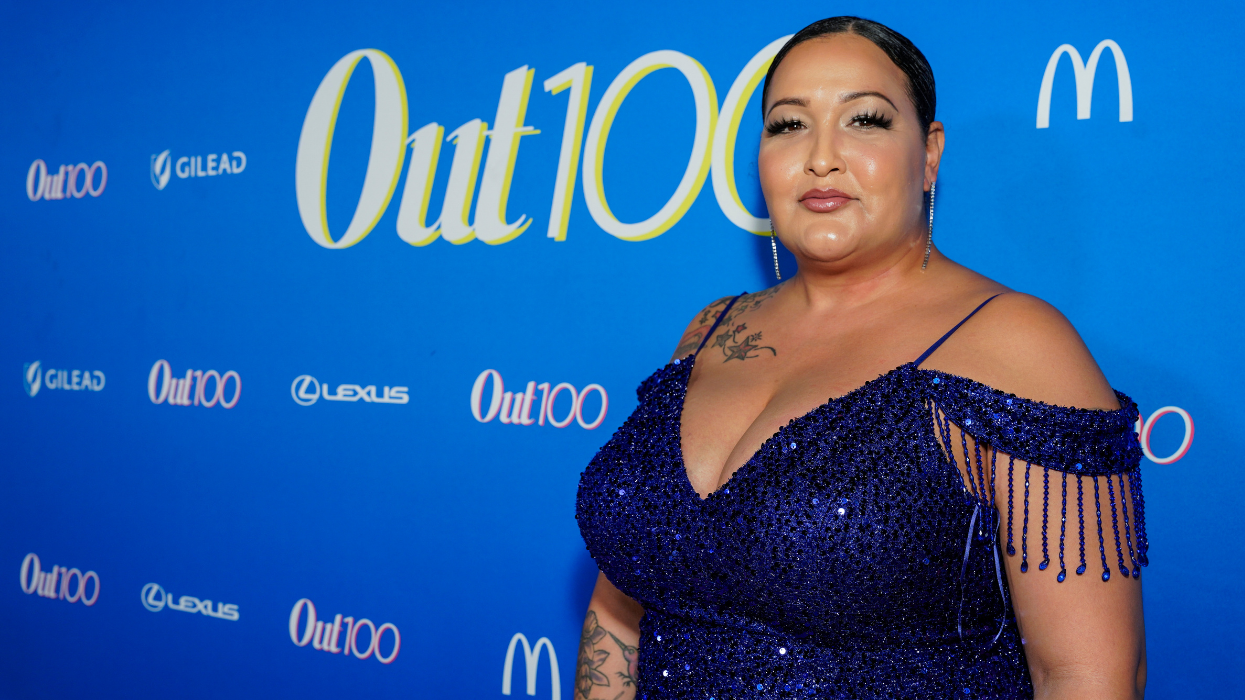
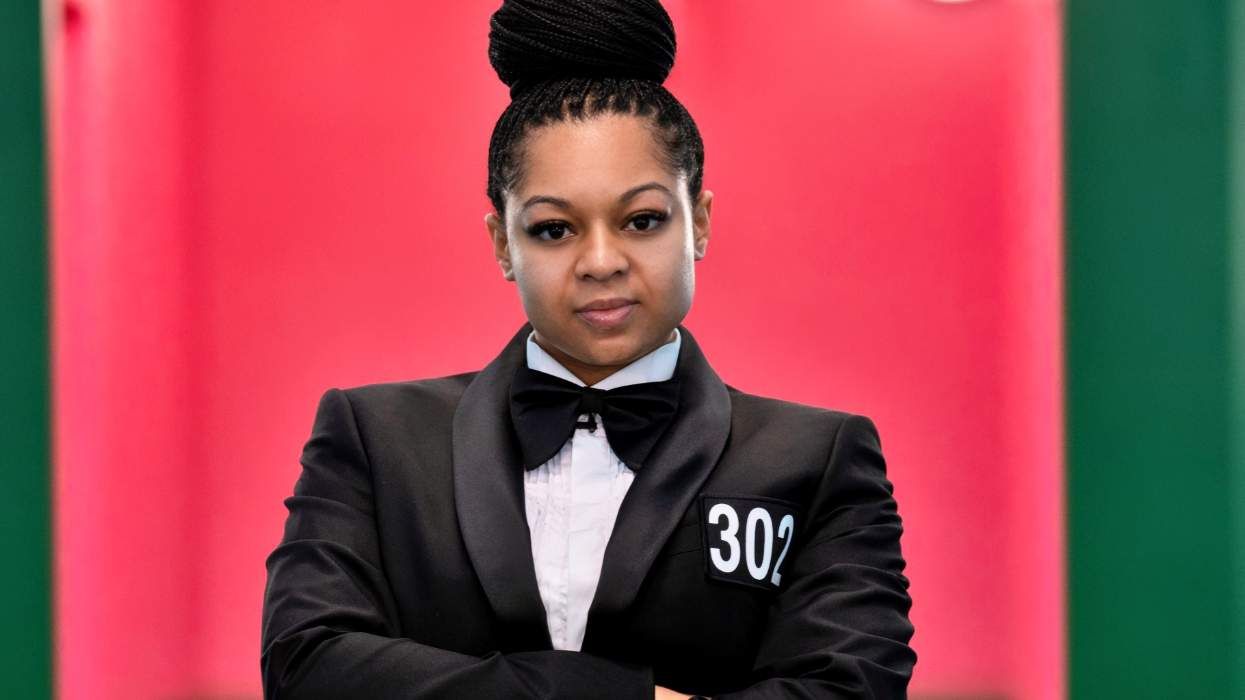

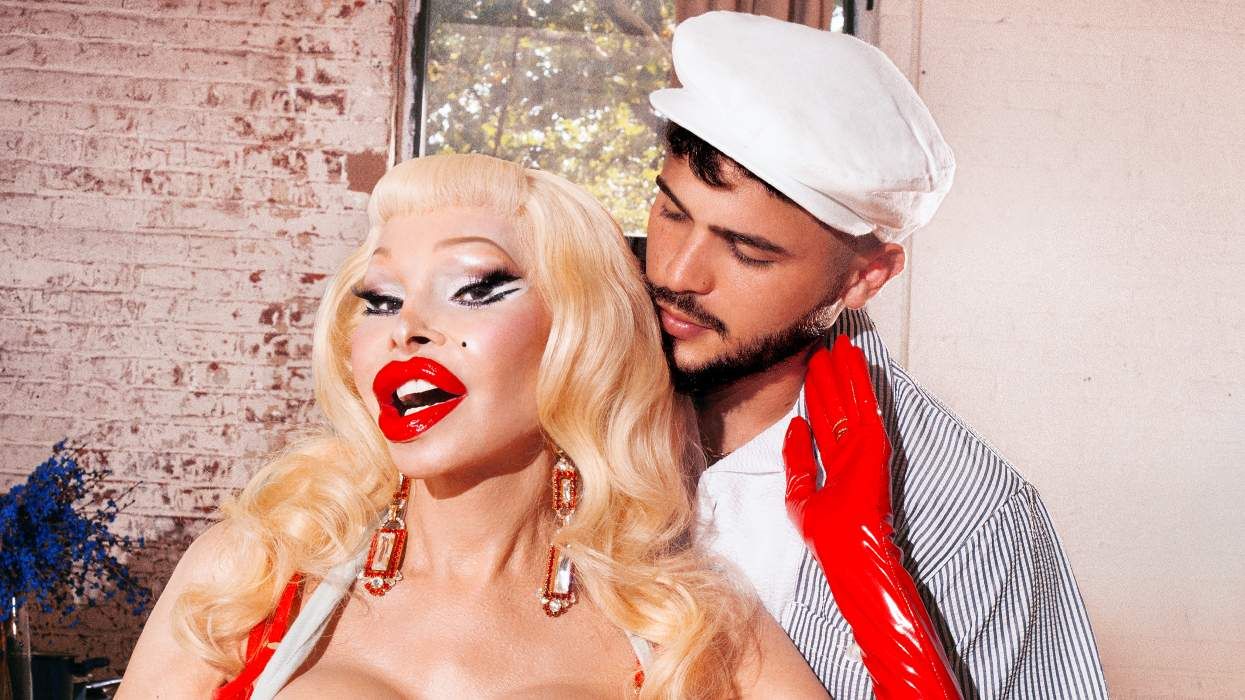

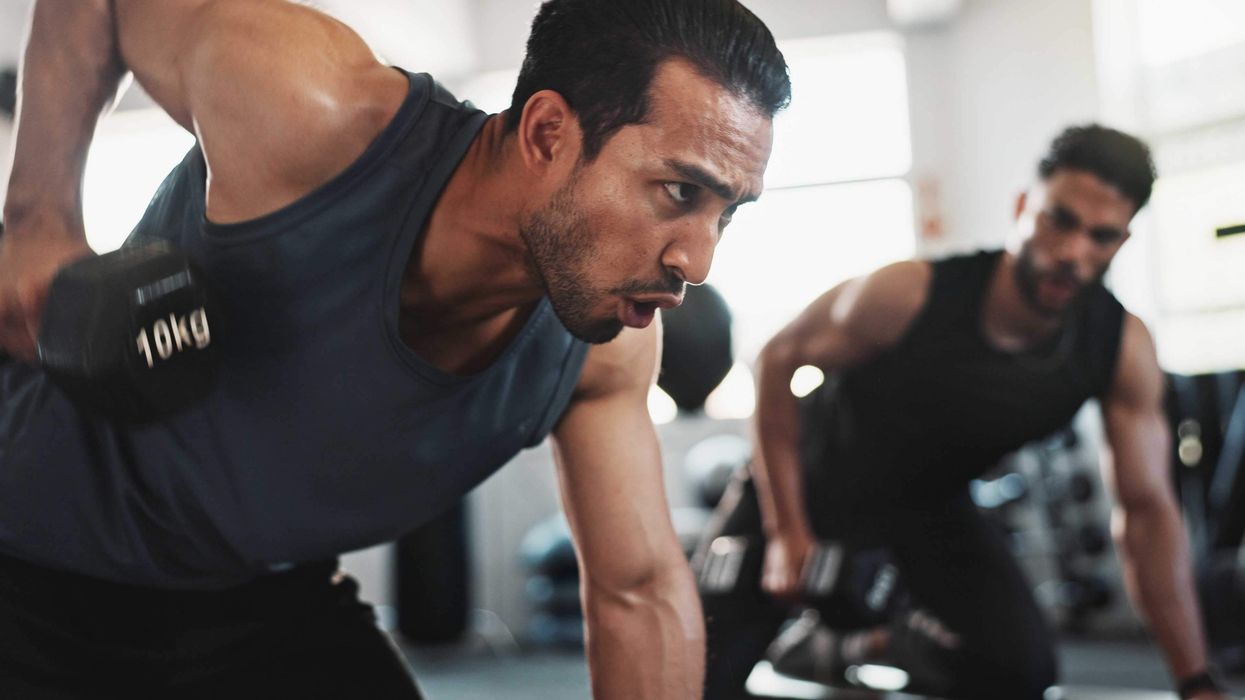
The 13 gayest Thanksgiving foods, ranked
Ranking the 13 gayest thanksgiving foods